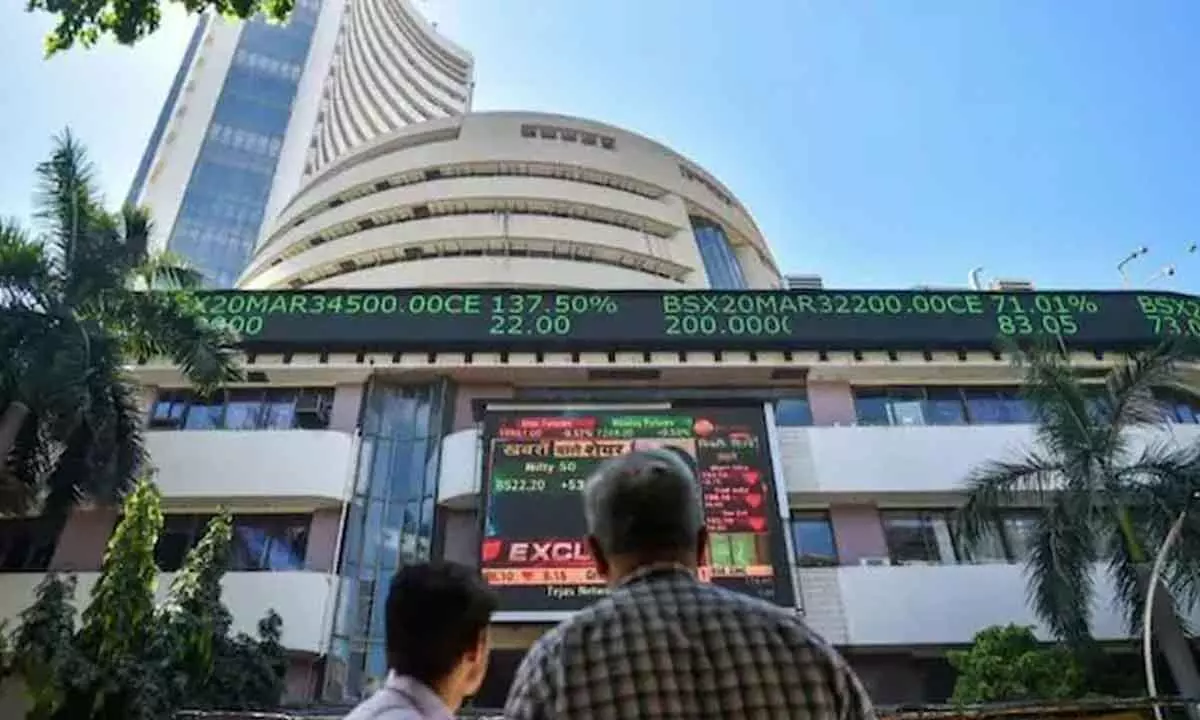Samvat 2079 | Follow a three-pronged investment strategy
After having a very strong year since the Diwali 2020, we entered Samvat 2078 (Diwali 2021) on a rather cautious note. The tailwinds of easy money, supportive fiscal policies, lower borrowing cost, and demand recovering from a pandemic led collapse were beginning to wane. The opportunity provided by the panic-led crash after the outbreak of COVID-19 had already been fully exploited by the smart investors. The valuation comfort was also missing, as the benchmark indices were at an all-time high, without much improvement in the corporate profitability.
image for illustrative purpose

After having a very strong year since the Diwali 2020, we entered Samvat 2078 (Diwali 2021) on a rather cautious note. The tailwinds of easy money, supportive fiscal policies, lower borrowing cost, and demand recovering from a pandemic led collapse were beginning to wane. The opportunity provided by the panic-led crash after the outbreak of COVID-19 had already been fully exploited by the smart investors. The valuation comfort was also missing, as the benchmark indices were at an all-time high, without much improvement in the corporate profitability.
The benchmark equity indices are presently trading marginally lower (-3 percent) as compared to the Diwali 2021 day. The bond yields have also risen sharply during the past one year, implying poor return in the debt portfolio as well. If we consider the persistently high inflation, the real portfolio returns have been mostly negative in Samvat 2078. Obviously it has been quite a challenging year for Indian investors.
With USD-INR depreciating over 11 percent in the past one year, Nifty50 fell more than 13 percent in USD terms. The returns for the foreign investors are, therefore, even worse. They have sold more than Rs 2 trillion-worth of Indian securities (equity and debt) in the past one year.
We may draw comfort from the fact that Indian markets outperformed the United States, China, and most of the Euro area; though peers like Brazil, and Indonesia did far better than us.
Now as we enter Samvat 2079, the tradition commands that we make an auspicious beginning on an optimistic and positive note. But circumstances are compelling me to be extremely cautious in my outlook for the next 12 months.
Many developed economies are facing the spectre of recession pushing the global economy into recession-like conditions. The geopolitical situation remains tense with signs of further intensification as the onset of winter worsens the European energy crisis. The weaponisation of currencies to supplement the geopolitical conflicts, and trade disagreements between China and the West might continue to cause collateral damage to emerging markets still mostly reliant on the USD for trade and financing. With La Nina conditions likely prevailing in the early part of CY2023, and OPEC+ pursuing a path of confrontation with the West, energy and food inflation may stay elevated, warranting tighter monetary conditions.
The domestic macroeconomic conditions are stable for now; but definitely below par level, diminishing the chances for any meaningful fiscal and monetary support in case the global conditions worsen materially. Tighter global monetary conditions might continue exerting pressure on the INR and bond yields for better part of the next year.
The macro stability might, thus, face several headwinds in Samvat 2079 with inflation persisting above the RBI's comfort zone; current account and fiscal deficit under pressure and political decision-making driven by the 2024 general elections in mind.
In this backdrop, I estimate that the Indian markets may continue to carry a negative bias for most part of the next one year; though we may see some sharp technical rallies that will be mostly sold into.
Having said this, I must say that the next one year shall also present numerous opportunities for the investors who are willing to look beyond Samvat 2079. These opportunities may come in two segments of the markets: One, some companies may witness irrational negative price action due to overall negative market sentiment, and offer an attractive entry point to investors who are willing to accept short-term mart to market losses for larger-than-normal profits in the mid- to long-term; and, Two, the changing global market dynamics, emerging technologies, and significant changes in domestic policy environment may create major opportunities for some Indian companies, as we had seen during the late 1990s for Indian technology companies and infra builders.
I therefore suggest a three-pronged strategy for Samvat 2079:
Stay defensive till the dark clouds of uncertainty begin to blow over. Avoid leverage of any kind. Restructure portfolios to overweight debt-free companies with strong cash flow visibility, pricing power, and lower elasticity of demand for their product and services. In debt, prefer short-term debt with no or little duration and credit risk.
Stay constantly on the look-out for new opportunities. However, it is advisable not to jump right away on the first sight of the opportunity. Miss the first 100-200 percent of gains out of the potential 1,000-2,000 percent.
Stay true to your determined asset allocation in accordance with the long-term investment objectives. Do not let the forces of greed and power to disproportionately affect your economic behaviour.

